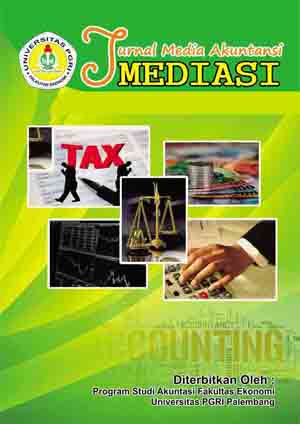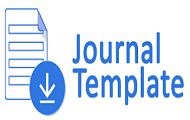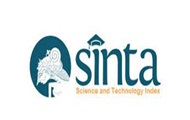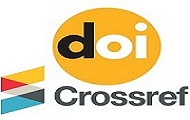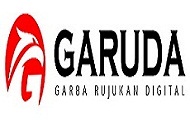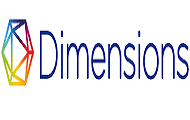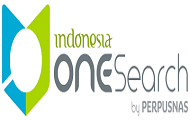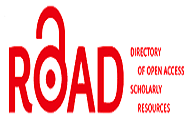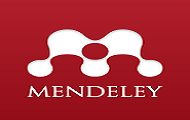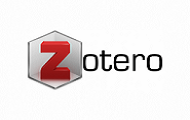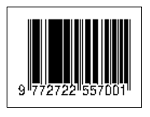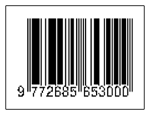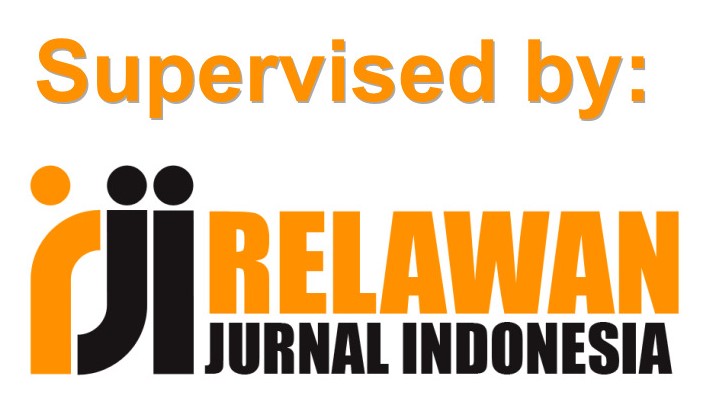Analisis Efektivitas Anggaran Belanja Badan Keuangan Daerah Kabupaten Lahat
DOI:
https://doi.org/10.31851/jmediasi.v2i2.5041Abstract
ABSTRACT
ÂThis study aims to determine the effectiveness of the expenditure budget at the Lahat Regency Regional Financial Board (BKD Lahat Regency) which can affect budget performance in the Lahat Regency government. The data taken is the data of the 2016-2018 Expenditure Budget Target and Budget Realization. What is measured by comparing the realization of the expenditure budget with the target of the Expenditure Budget with the effectiveness criteria in accordance with the Minister of Home Affairs Decree No. comparing the realization of the expenditure budget with the target budget. In 2016, the level of effectiveness of the expenditure budget was at 92.49%. This year the budget criteria can be said to be effective, in 2017 the level of effectiveness has decreased by 1.48% with a percentage of 91.01%, the decrease is not too significant this year, also the budget criteria can be said to be effective. And in 2018 it decreased by 87.69%. This year the budget criteria are said to be quite effective. The decline occurred due to the limited quality of human resources in regional financial management and there were several programs / activities that had not been optimally realized.
Keywords: Effectiveness, Budget
Â
ABSTRAK
Â
Penelitian ini bertujuan untuk mengetahui Efektivitas Anggaran Belanja Pada Badan Keuangan Daerah Kabupaten Lahat (BKD Kabupaten Lahat) yang dapat mempengaruhi kinerja anggaran pada pemerintah Kabupaten Lahat. Data yang diambil merupakan data Target Anggaran Belanja dan Realisasi Anggaran Belanja Pada Tahun 2016-2018. Yang diukur dengan cara membandingkan realisasi anggaran belanja dengan target Anggaran Belanja dengan kriteria Efektivitas sesuai dengan keputusan Menteri Dalam Negeri Nomor 690.900-327 tahun 1996. Hasil pembahasan dapat diketahui bahwa tingkat kriteria efektivitas berdasarkan keputusan Menteri dalam Negeri nomor 690.900-327 tahun 1996. Dengan cara membandingkan realisasi anggaran belanja dengan target anggaran belanja. Pada tahun 2016 tingkat efektivitas anggaran belanja pada persentase 92.49 %. Pada tahun ini kriteria anggaran dapat dikatakan efektif, pada tahun 2017 tingkat efektivitas mengalami penurunan yaitu sebesar 1.48 %Â dengan persentase sebesar 91.01 %, penurunan terjadi tidak terlalu signifikan pada tahun ini juga kriteria anggaran dapat dikatakan efektif. Dan pada tahun 2018 menurun sebesar 87.69 %. Pada tahun ini kriteria anggaran dikatak cukup efektif. Penurunan terjadi karena Terbatasnya kualitas SDM dalam pengelolaan keuangan daerah dan ada beberapa Program/Kegiatan yang belum terealisasi secara optimal.
Â
Kata Kunci : Efektivtas, Anggaran BelanjaReferences
Echdar, Saban. 2017. Metode Penelitian dan Bisnis. Cet 1, Bogor : Ghalia Indonesia.
Erlina, Omar Sakti Rambe, Rasdianto. 2015. Akuntansi Keuangan Daerah Berbasis Akrual.Jakarta Selatan : Salemba Empat.
Mahmudi. 2016, Akuntansi Sektor Publik-edisi revisi. UII Yogyakarta.
Mahmudi. 2016, Analisis Laporan Keuangan Pemerintah Daerah.Yogyakarta: Sekolah Tinggi Ilmu Manajemen YKPN.
Mardiasmo. 2018. Akuntansi Sektor Publik. Andi: Yogyakarta.
Peraturan Pemerintah Nomor 71 Tahun 2010. Standar Akuntansi Pemerintah.
Peraturan Pemerintah No.24 Tahun 2005. Tentang Pengantar Akuntansi Keuangan Daerah.
Permendagri No. 24 Tahun 2006 Tentang Pengantar Akuntansi Keuangan Daerah.
Permendagri Nomor 21 Tahun 2011 Tentang Perubahan Kedua Atas Permendagri Nomor 13 Tahun 2006 Tentang Pedoman Pengelolaan Keuangan Daerah.
Sugiyono. 2018. Metode Penelitian, Kuantitatif, Kualitatif. R&D. Bandung : Alfabeta
Sujarweni, Wiratma. 2015. Akuntansi Sektor Publik. Yogyakarta : Pustaka Baru Press.
Ulum, Ihyaul, 2012. Audit Sektor Publik , Jakarta: Bumi Aksara.
Downloads
Published
Issue
Section
License
The copyright of the received article shall be assigned to the publisher of the journal licensed under a Creative Commons Attribution-NonCommercial 4.0 International License in line with the license, authors and any users (readers and other researchers) are allowed to share and adapt the material only for non-commercial purposes. In addition, the material must be given appropriate credit, provided with a link to the license, and indicated if changes were made. If authors remix, transform or build upon the material, authors must distribute their contributions under the same license as the original.

